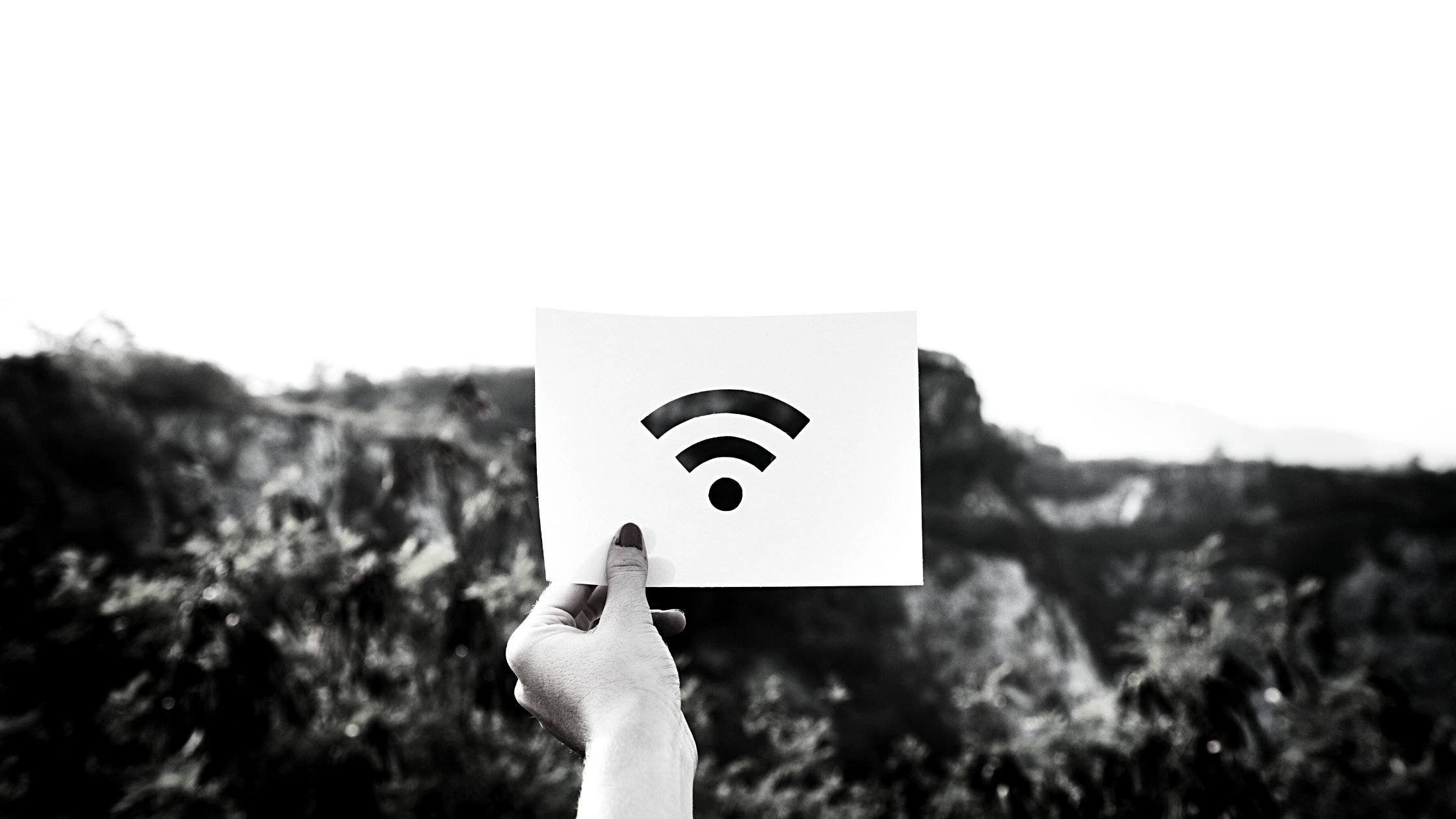Ransomware spreads through WIFI?
In the past several years, ransomware has become an ever-greater threat for businesses of all sizes and industries. If you’re concerned about the...
Experiencing an active breach? Call us immediately at 1-866-405-9156 UncommonX has experienced ZERO reportable breaches.
2 min read
 SOC Team of Security Experts
:
Jun 14, 2022 8:00:00 AM
SOC Team of Security Experts
:
Jun 14, 2022 8:00:00 AM

In the past several years, ransomware has become an ever-greater threat for businesses of all sizes and industries. If you’re concerned about the impact of ransomware attacks on your organization, you might wonder: Can ransomware spread through WiFi?
For a robust IT security posture, understanding the answers to questions like “Can malware spread through WiFi?” and “How does ransomware commonly spread to company networks?” is crucial. In this article, we’ll discuss these issues and more.
Ransomware is a type of malware that holds your files and data “hostage,” preventing you from accessing them by encrypting them with a secret key. The attackers refuse to unlock these files until paying the ransom has occurred. However, there’s no guarantee that you can regain access, even after the ransom is paid.
The impact of ransomware can be dire for a business, from financial losses all the way to closure of the business.
Related Content: Ransomware Readiness Assessment
How does ransomware spread? Ransomware can enter your IT environment through a variety of methods. The most common vectors are:
Related Content: Should you pay the ransomware fee?
Once inside your IT ecosystem, ransomware attempts to replicate itself to as many endpoint computers as possible in order to have the greatest impact — and yes, this includes wireless networks. The spread of ransomware and other malware throughout your IT environment is known as “lateral movement.” The three stages of lateral movement are:
Any other devices or components that are connected to an infected device — such as through Wi-Fi — are at risk once ransomware is present in your environment. Lateral movement is the reason why it’s so critical to respond as soon as you detect the presence of ransomware within your IT ecosystem. Whether it’s via WiFi networks or some other vector, ransomware will find a way to insidiously spread itself throughout your systems unless it’s immediately contained.
Related Content: Can EDR stop ransomware?
The answer to questions such as “Can ransomware spread through network endpoints?” and “Can viruses spread through WiFi?” is a resounding yes. Ransomware and other forms of malware are serious threats that put the security of your files and data at stake. To protect your IT environment, you’ll need a suite of cybersecurity tools and platforms, from firewalls to anti-virus software, that help you mount a better defense and respond more effectively to suspected threats.
That’s why UncommonX has built the powerful BOSS XDR (extended detection and response) security operations platform. An XDR platform is a threat detection and response tool that monitors your IT assets across the enterprise, from endpoints and servers to networks and cloud deployments. BOSS XDR helps our clients with everything from protecting against threats to reacting and recovering after an incident.
Want to learn how the BOSS XDR platform can help you guard against ransomware and other cyber-threats? Get in touch with our team of IT security experts today for a chat about your business needs and objectives, or to see a demo of the BOSS XDR solution.

In the past several years, ransomware has become an ever-greater threat for businesses of all sizes and industries. If you’re concerned about the...

What does ransomware do to an endpoint device? Ransomware attacks have been increasing in number and severity lately — and without awareness of the...

What is the correlation? What does ransomware do to an endpoint device? Ransomware attacks have been increasing in number and severity lately — and...